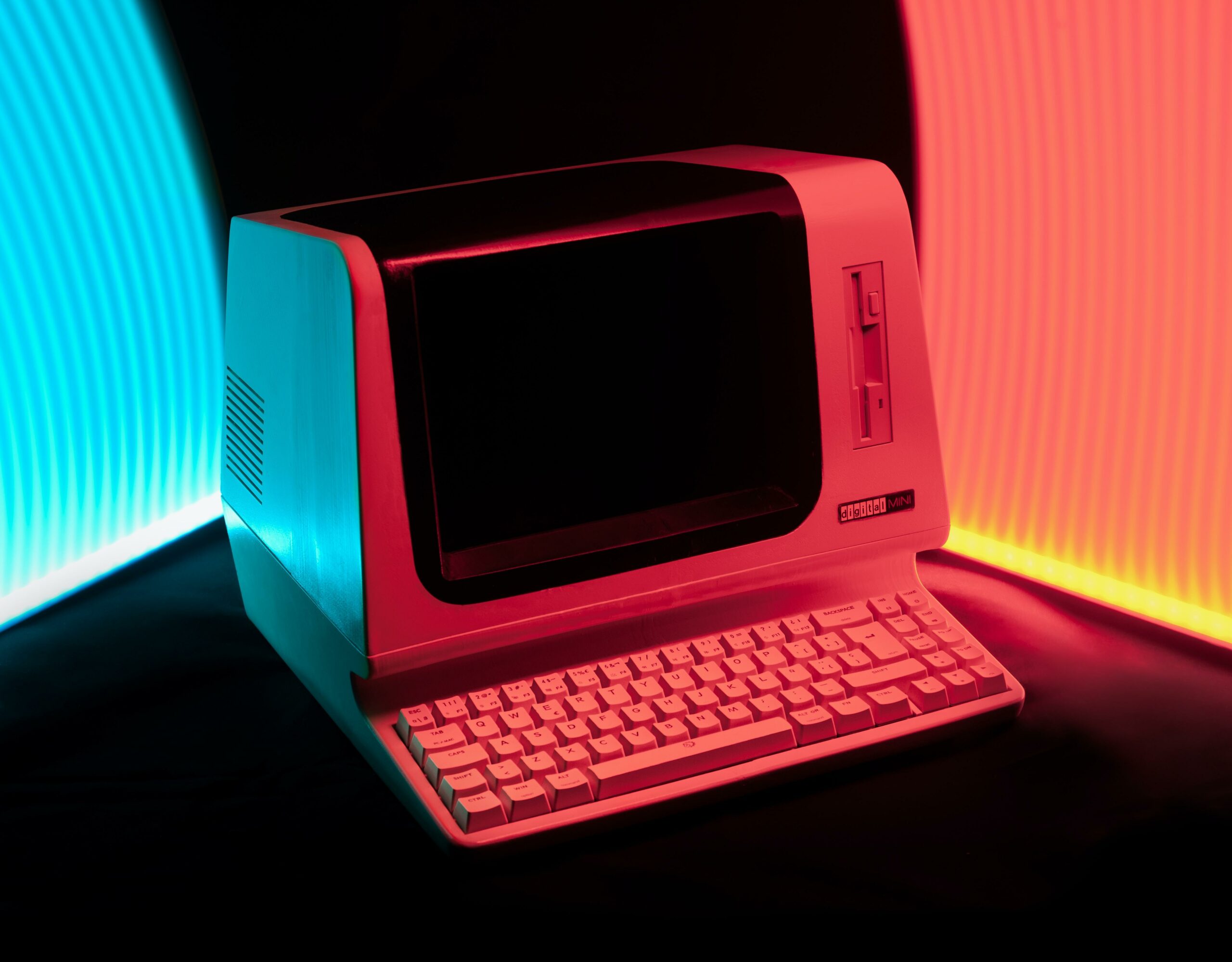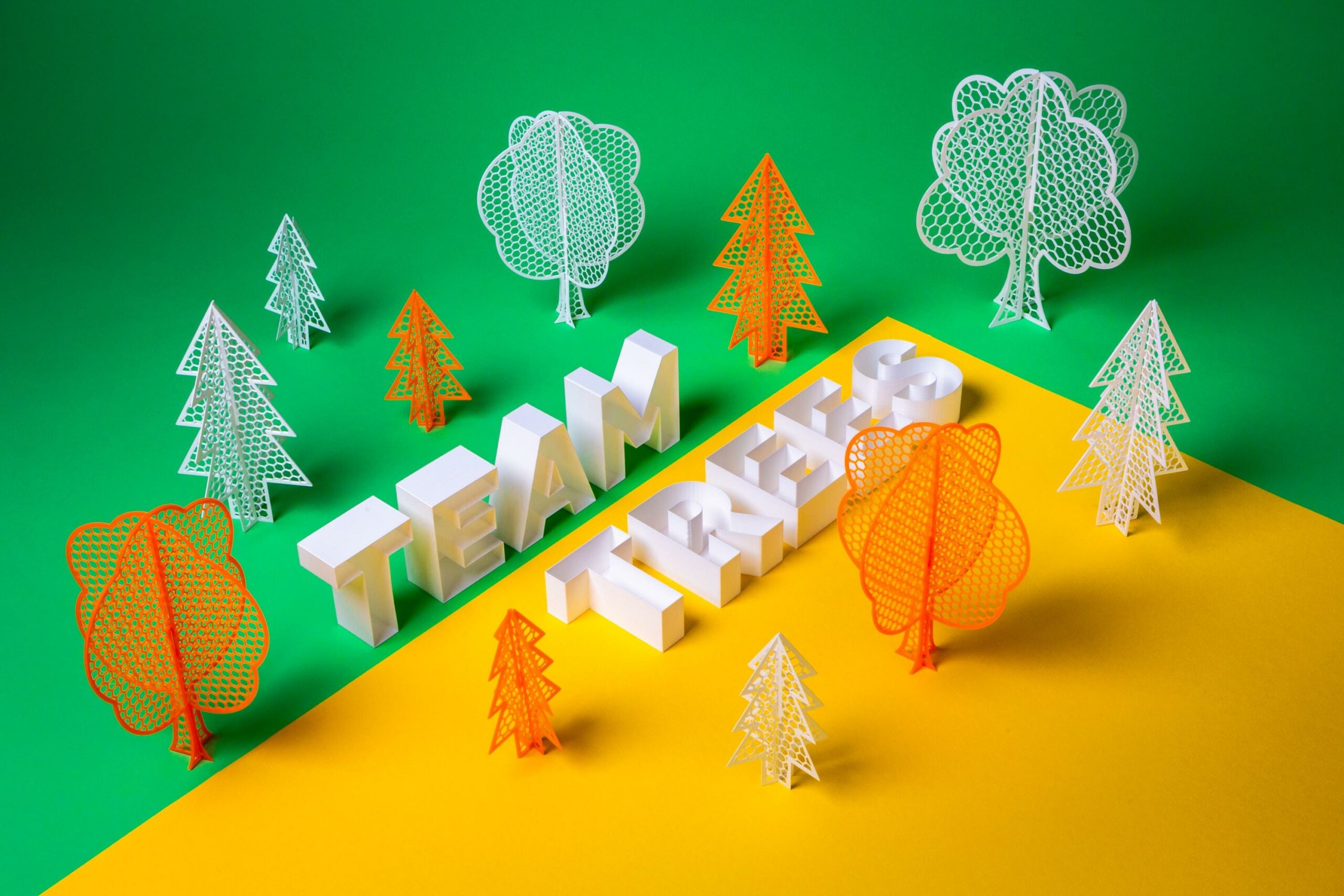Animation has come a long way since its humble beginnings, captivating audiences around the world with its imaginative stories and mesmerizing visuals. As an animation enthusiast and historian, I have delved deep into the captivating world of animation to uncover fascinating facts that shed light on its rich history. In this article, we will embark on a journey through time, exploring the evolution of animation and the pivotal moments that have shaped it into the influential art form it is today. Get ready to be amazed by the untold stories and surprising impact animation has had on popular culture.

Animation History Facts
Pygmalion: In the vast tapestry of animation history, the protagonist of Greek and Roman mythology, Pygmalion, makes an unexpected appearance as the first recorded animator. Drawing power from his skillful hands, Pygmalion crafted a statue so lifelike that it came to life. This ancient tale, dating back centuries, embodies the essence of animation – bringing inanimate objects to life through the art of movement.
Walt Disney’s Fantasia: When exploring animation history, it would be remiss not to mention the monumental impact of Walt Disney. In 1940, he revolutionized the industry by releasing the first-ever 3D animated movie, “Fantasia.” Disney’s bold experiment combined classical music with mesmerizing visuals, showcasing the boundless possibilities of animation as an immersive storytelling medium.
Animation and Emotional Connection: The history of animation is intertwined with its capacity to evoke emotions and captivate audiences. As a more engaging alternative to static images, animations became a vehicle for storytellers to connect with viewers on a profound level. Whether it’s laughter, tears, or excitement, animations have long been designed to elicit powerful reactions from their audiences, leaving indelible imprints on their hearts and minds.
“Animations have an extraordinary power to transport us into worlds beyond our imagination, inviting us to experience the full spectrum of human emotions.”
Optical Devices and Animation Illusions: Dating back to the mid-1850s, optical devices such as the zoetrope introduced the mesmerizing illusion of animation to the world. With these early inventions, people experienced the magic of seeing static images come alive through rapid succession. These optical marvels laid the groundwork for the technological advancements that shape animation today, allowing us to journey through time and explore the evolution of this vibrant art form.
The “Fathers” of Anime: The rich history of animation extends beyond the Western world. Jumping to the late 1910s in Japan, three visionary pioneers, Ōten Shimokawa, Jun’ichi Kōuchi, and Seitarō Kitayama, emerged as the “fathers” of anime. Their inventive spirits ushered in a new era of Japanese animation, blending traditional art forms and modern techniques to create a medium that would captivate audiences worldwide for generations to come.
Animation’s Pre-Movie Origins: Contrary to popular belief, the history of animation predates the birth of cinema. Engaging visual storytelling existed in various forms long before the advent of motion pictures. From ancient cave paintings to medieval tapestries, humans have been striving to breathe life into still images since time immemorial. This captivating evolution has shaped animation into the mesmerizing technological feat we witness in contemporary times.
Merrie Melodies and Animation’s Wider Reach: In 1932, Merrie Melodies burst onto the scene, producing animated cartoons that extended the reach of animation far beyond movie theaters. With delightful characters like Bugs Bunny and Daffy Duck, Merrie Melodies brought animation into the comfort of people’s homes through television screens, transforming it into a staple of popular culture and a cherished part of childhood memories.
Animation in Wartime: The impact of animation history expands even into times of turmoil. During World War II, animation played a crucial role in disseminating information and shaping public opinion through propaganda films. This era also witnessed the birth of the first anime feature film, fusing animation and narrative to convey messages to the masses. In this tumultuous period, animation became a powerful tool for both education and entertainment.
Artistic and Technological Influences: Throughout its evolutionary journey, animation has been shaped by a myriad of artistic movements and technological advancements. From the mesmerizing brushstrokes of Impressionism to the geometric precision of Cubism, animation has drawn inspiration from various art forms. Similarly, technological progressions, such as the development of computer-generated imagery (CGI), have pushed the boundaries of what is visually possible in animation, presenting artists with limitless opportunities for creative expression.
Animation’s Enduring Impact: As we look to the present day, animation continues to play a significant role in contemporary film and storytelling. From heartwarming family movies to cutting-edge special effects in blockbuster films, animation has woven itself into the very fabric of popular culture. Its ability to transport us to enchanting realms and connect us with complex characters makes animation a perennial art form that continues to captivate and inspire audiences across the globe.
“Animation’s enduring impact on popular culture solidifies it as an irreplaceable cornerstone of our collective imagination.”
In conclusion, the rich tapestry of animation history encompasses Pygmalion’s transformative touch, Walt Disney’s revolutionary leaps, and the artistic and technological influences that have shaped an art form loved by millions. From early optical devices to the pioneers of anime, animation’s journey resonates with audiences on a deep emotional level. As we explore the fascinating facts that underpin its evolution, we can marvel at how animation will undoubtedly continue to shape and enrich the cultural landscape in the years to come.
Animation has a rich and fascinating history that has captivated audiences for decades. If you’re interested in learning more about the origins and evolution of this dynamic art form, you won’t want to miss these facts about animation history. Click here to explore the exciting world of animation’s past: facts about animation history.
FAQ
Question 1
Who is considered the first recorded animator in history?
Answer
The first recorded animator in history is Pygmalion from Greek and Roman mythology.
Question 2
When was the first 3D animation movie created and by whom?
Answer
The first 3D animation movie, “Fantasia,” was created in 1940 by Walt Disney.
Question 3
What was the purpose of creating animations?
Answer
Animations were created to invoke emotions and entertain the audience, providing a new and more effective medium of storytelling.
Question 4
What were optical devices used for in the history of animation?
Answer
Optical devices such as the zoetrope were used from the mid-1850s to produce the illusion of animation.
Question 5
Who are commonly referred to as the “fathers” of anime?
Answer
Ōten Shimokawa, Jun’ichi Kōuchi, and Seitarō Kitayama are commonly referred to as the “fathers” of anime and were part of the second generation of animators in the late 1910s.
- Will Bleach Kill Drain Flies? (And What to Do If It Doesn’t) - November 23, 2024
- A Homeowner’s Guide to Wireless Interconnected Smoke Detectors: Enhance Safety with Whole-House Protection - November 23, 2024
- Will Unleaded 88 Damage My Car? - November 23, 2024














